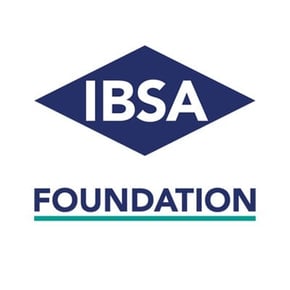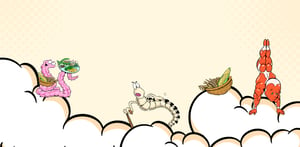The project
Building on the Let’s Science! project — which has aimed from the outset to promote science by using top quality content and the very latest news suitable for pupils in compulsory education — the Dialogue with food educational workshops are an initiative sponsored by IBSA Foundation for scientific research in partnership with the Department of Education, Culture and Sport (DECS) of the Canton of Ticino.
The workshops took place at IBSA Foundation’s new headquarters, Carlo Cattaneo House in Castagnola. They were designed with advice from two compulsory education curriculum experts, Nicolò Osterwalder and Valérie Morelli, and were led by Antonella Ragugini, a biologist specialising in human nutrition.
Two fifth grades from a primary school in Lugano (Switzerland) were involved, with four half-day thematic sessions held throughout the academic year 2023/2024.
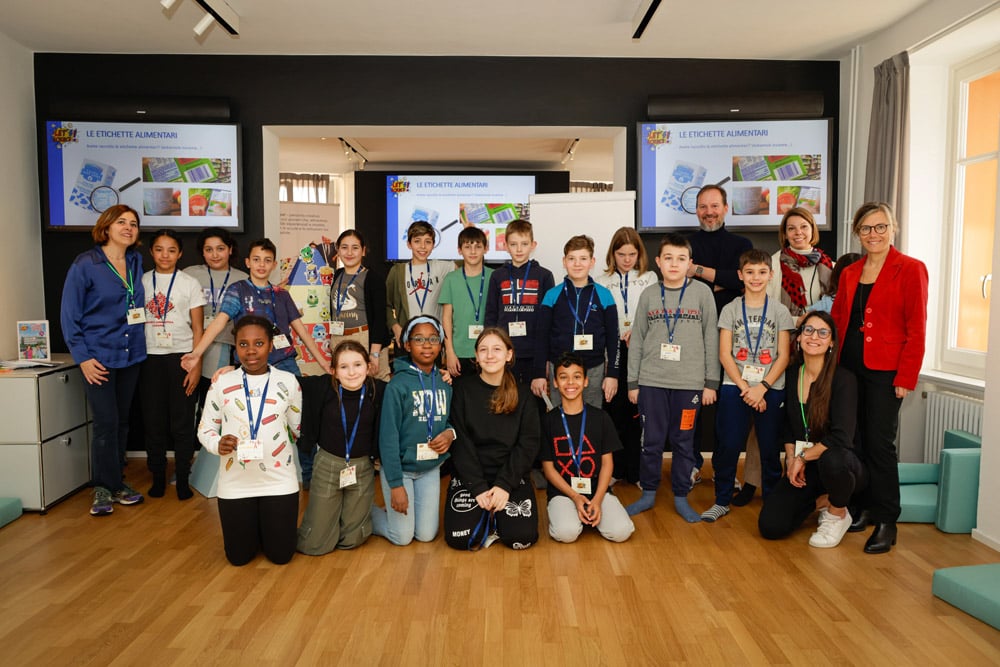
Goals
The project aims to nurture the development of transversal skills across food education topics among its very young participants. Pupils were encouraged to discover more about food by exploring its sensory characteristics, as well as learning to describe food using correct terminology and to recognise the different food categories. Special attention was also paid to promoting and making the most of local resources, in terms of locally grown produce and the sense of belonging it creates.
The key goals of the project can be summarised as follows:
- To nurture a critical attitude towards choosing a healthy diet
- To clarify the connection between health and diet, as well as the link between a good diet and a good quality of life
- To promote diet as a form of belonging to a local area
- To promote culture through diet
- To present diet as an incentive to adopt a sustainable lifestyle
- To view food as a stimulus for the senses
Topics

The first session was all about allowing the children to explore food using the five senses. To this end, pupils were invited to play games focusing on the sensory characteristics of foods. In the ‘food detectives’ touch-and-feel game, for instance, pupils attempted to identify a food just by touching it, without being able to see it. This taught them that a food’s physical properties can distinguish it considerably. Likewise, the ‘smell memory’ game challenged pupils to identify foods hidden inside closed boxes, this time purely by smelling them. Last but not least, the hearing game encouraged pupils to identify foods just ‘by listening to them’, thus supporting the development of the weight-volume association of foods through sound.
With regard to food categorisation, the first session involved outlining the food categories and explaining to pupils that each food product has a nutritional value that helps support our bodies.
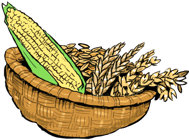
The second session took a closer look at the characteristics of the food groups (carbohydrates, protein, fats, vitamins/fibre). Once pupils had cemented their knowledge of the food categories, they benefited from reflecting on the idea of healthy food and not-so-healthy food, and on what it means to have eating habits that are good or potentially harmful to their health. This was followed by an introduction to the food pyramid, including through a game that actively engaged pupils by asking them to attach magnetic cards depicting various foods, provided by the teacher, onto the correct step of the food pyramid.
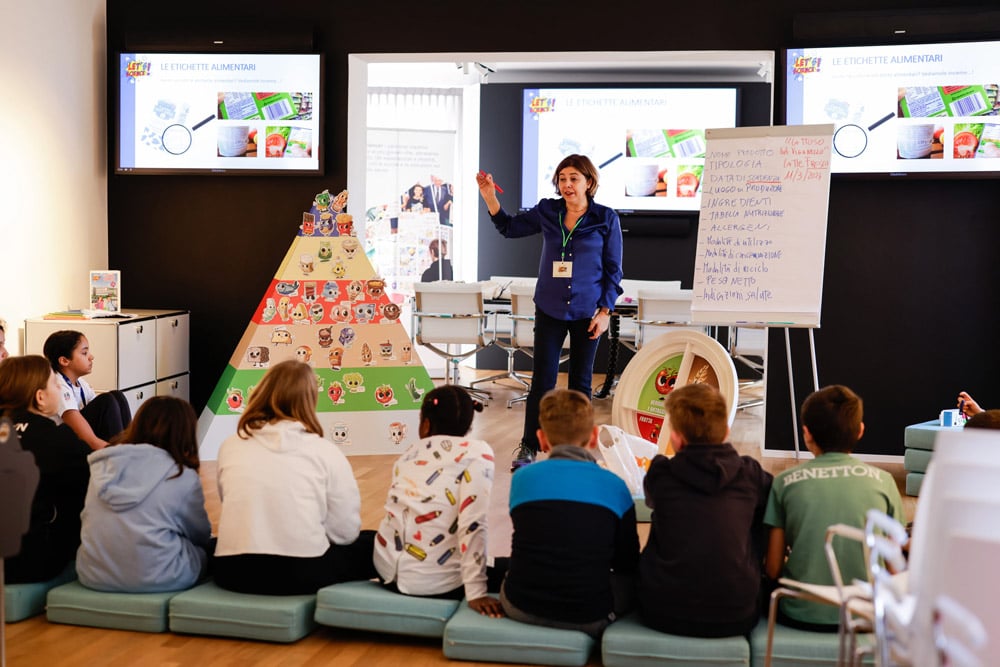
In the third session, pupils learnt about the Harvard healthy eating plate, presented as a quick and easy guide to putting together everyday meals, from breakfast to dinner. We were therefore able to raise pupils’ awareness of the importance of choosing healthy and responsible eating habits, by explaining the link between health and diet and the correlation between a good diet and a healthy lifestyle. At this point, the teacher placed particular emphasis on pupils’ culture-related food choices, allowing everyone to explore the possibility of eating healthily with resources offered by the local area, while even continuing to follow their own culinary traditions.
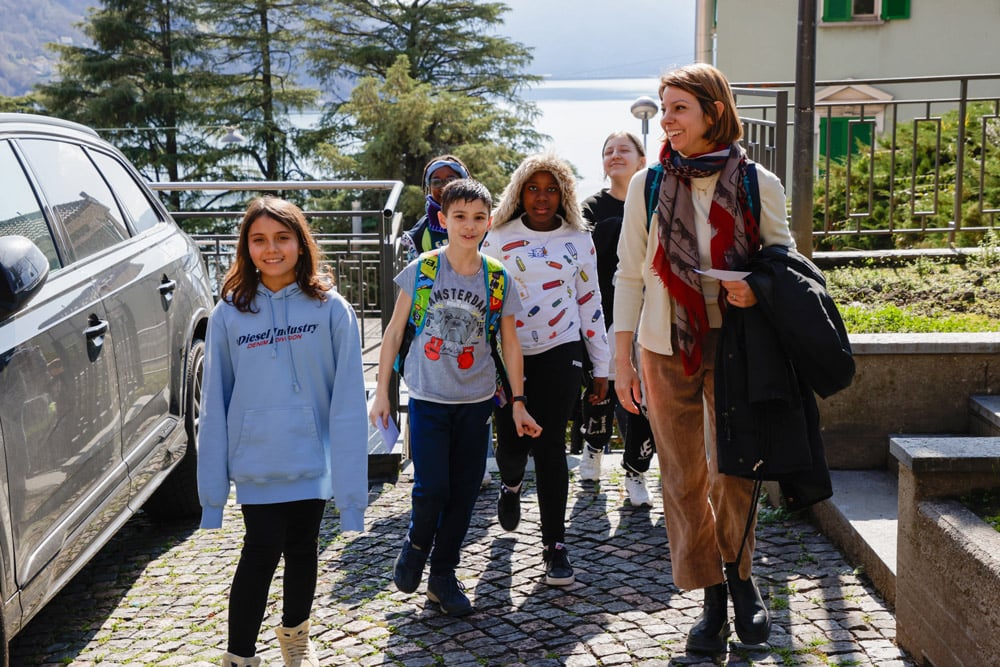










In the fourth and final session, pupils were given an introduction to food labels, in other words all the information (brands, images, symbols, lists, dates, etc.) found on the external covering (packaging) of products. The objective was to spark curiosity and foster awareness when it comes to choosing food products, focusing on the importance of reading the labels we find on foods, because they enable us to find out what type of food we’re buying, the ingredients it contains, where it was made and information about the manufacturer. Once again, to consolidate their knowledge of all the information contained on a label, pupils were invited to play a game in which they created an imaginary label for a food product assigned by the teacher, using the materials provided (glue, felt-tip pens and food label cutouts).

